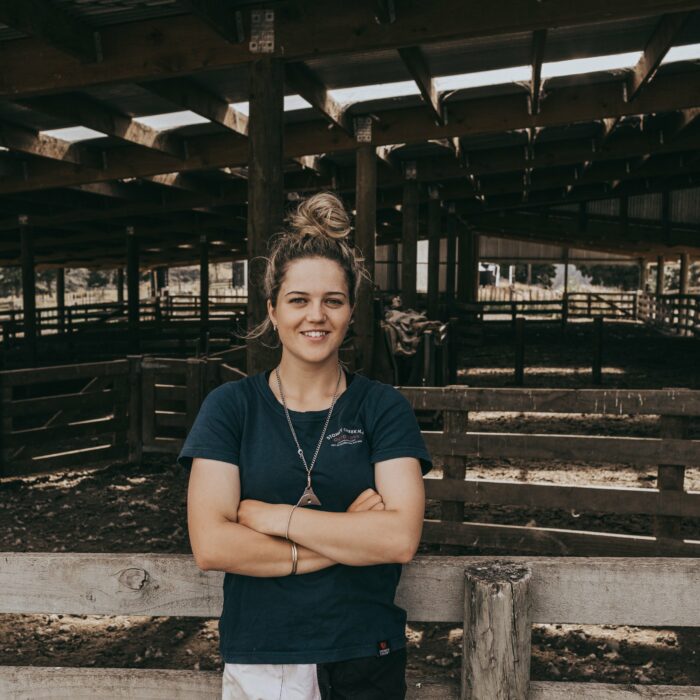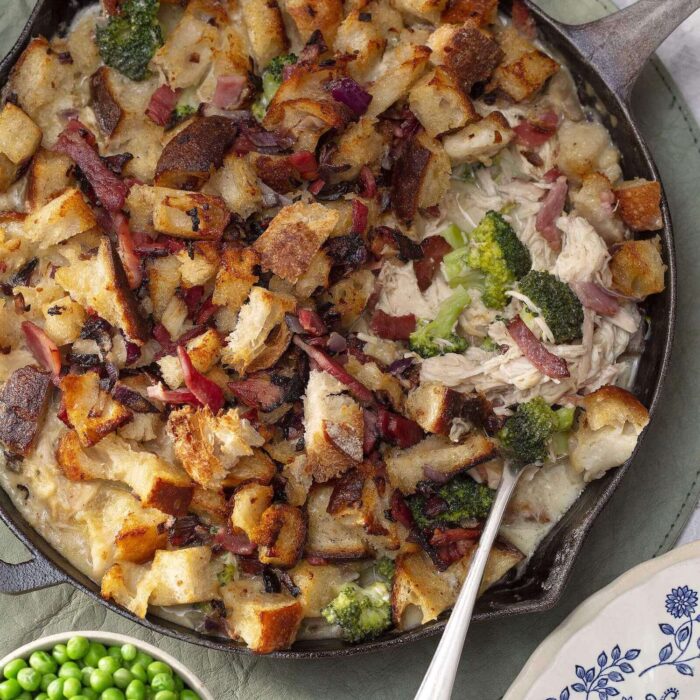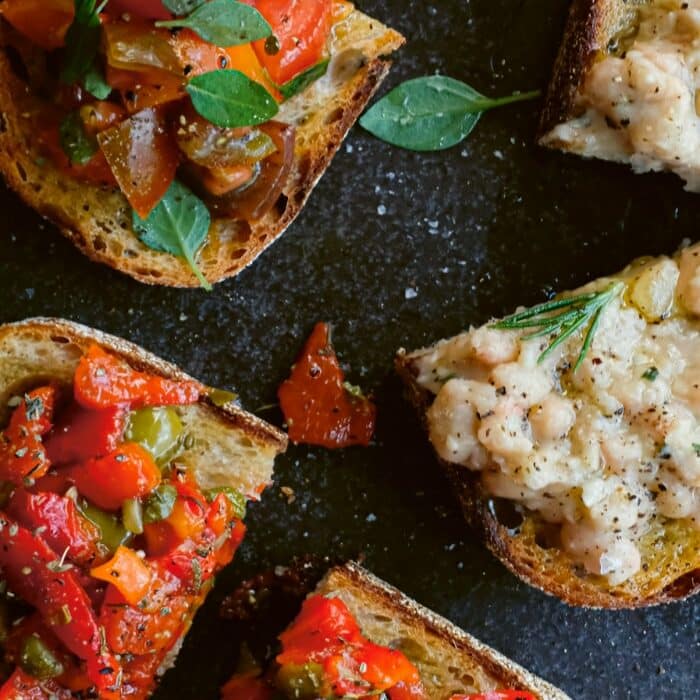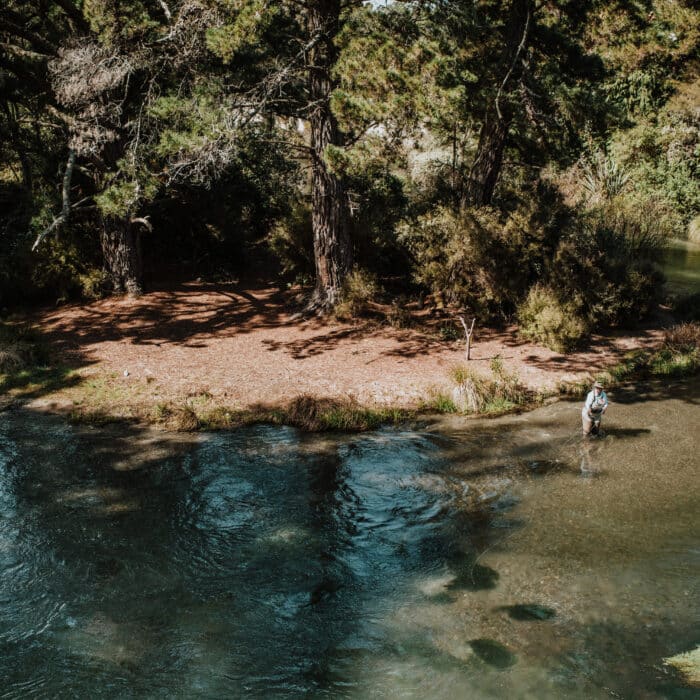28 July 2023
The Threads that Bind – Shona Tawhiao
WRITER: SIONAINN MENTOR-KING
PHOTOGRAPHERS: JAMIE MCCREADY & CLAIRE MOSSONG
Ngā Hononga. Common Threads.
The trappings of fashion are all around us – as ways to express style and personality in the everyday, or when adorning ourselves for special occasions. Behind the fabric and the clothing are the artists whose visions shape the wearable art we spend our lives in. Janine Whale, Philippa O’Brien and Shona Tawhiao have each dedicated themselves to the fashion world. Though at different points in their careers, they are all bound by love to the craft. Here’s Shona’s story.

A lot of Shona’s work is warrior-inspired. “I find battle culture really interesting. Samurai, the Greeks, Trojans – battles of all kinds. I think it’s interesting how warriors are portrayed, what they look like – especially the samurai warriors. I think that Japanese culture is quite similar to our culture, so I combine them.”
It might not be the most traditional application of mahi raranga, but the work of toi Māori artist, weaver and designer Shona Tawhiao, of Ngāi Te Rangi, is both visible and tangible, and that is exactly what has always driven her.
“Reaching a different audience is always what I want for raranga,” Shona, 52, explains from her container studio-home on Matakana Island in the Bay of Plenty. “I thought fashion would be a good way to get mahi raranga out to the world, because everyone’s going to see it. People all around the world understand what it is – it’s a contemporary kind of wearable art.”

Since her beginnings as a student weaver at Auckland’s Unitec in the nineties, Shona’s creations have been featured on national and international catwalks; worn on world stages by opera singers, musicians and Miss Universe contestants; in films, music videos and stage plays; and have been displayed in global galleries and museums. Her handmade designs, which she produces under the label Tawhiao7, are instantly recognisable for their refined couture beauty and warrior-inspired sculptural form. But despite the recognition and reception, Shona remains incredibly humble as she tells the story of her journey to the world stage.
“I always loved fashion, art design and culture. Both weaving and fashion work together. When my first daughter was old enough to start kōhanga reo, I thought I’d love to do a Māori art course,” Shona recalls. “There wasn’t much available at that time, but I did find a Māori weaving course. I was hooked from there. Raranga definitely found me, and it’s taken me on a journey, that still has a way to go.”

Her tutor at Unitec was the renowned weaver Kahutoi Te Kanawa, daughter of a long lineage of prestigious weavers, and the training Shona received covered all aspects of Māori weaving. She spent two years learning the basics, traditions and protocols. Combining traditional methods with contemporary techniques has allowed Shona to develop her unique style. Still, she has a strong adherence to the origins of her art form.
“I feel honoured to be part of the mahi raranga movement,” Shona says of her mentor’s lineage. “I think the process has to be kept traditional with karakia and protocols. I still practise all these things. And I’ve noticed if I’m not doing something right, it kind of tells me. I always have to step back and re-evaluate the situation. The kaupapa is definitely important. I feel the work and the weaver won’t grow or move forward if it’s not practised correctly.”
Shona’s goal has always been to have mahi raranga recognised further afield than the Māori arts community, so when opportunity came knocking, she didn’t turn it away. “When we were at Unitec, my tutor would get a lot of calls about specialist pieces needed for films and things like that. She’d always pass them on to me and Judy and Joy – two ladies I learnt to weave with. It was specialised work that they needed, so we’d go on set and have meetings and stuff with the costume departments.”


Her latest work, however, isn’t designed for the runway, and takes its cues from a different element of traditional Māori culture. “I did a collaboration with my great-great-grandmother, Nanny Nunu. She passed away when I was four, but her patterns are in Pendergrast’s Raranga Whakairo book.” With permission from her uncle, Shona has taken Nanny Nunu’s designs and created an installation of eight giant sculptural seed pods, some more than two metres in height, called Pākākano. “They’re basically about growth and knowledge and nurturing,” Shona explains. “It was really nice to work with Nanny Nunu, even though she’s not here.”
After many years living and working in Auckland, Shona is now a resident of Matakana Island – her family home. “My partner and I built a house on our papakāinga,” she says. “We’ve got an avocado orchard right next door and there’s about seven or eight whānau living on the block now. Everybody’s whānau and this is where my grandparents are from.”


Shona’s three kids are all grown now, and don’t live at home. “The baby’s at uni,” she says, “and my oldest daughter has a baby. Calina is going to be two this year. So that’s our first moko, which is pretty cool.” And that little girl might well be the inheritor of Shona’s legacy. “I’ve got three girls,” Shona says with a laugh, “and none of them are keen on weaving! So hopefully the granddaughter will like weaving. I hope!”
Glossary. Karakia, prayer/incantation. Kaupapa, movement/initiative. Kōhanga reo, early childhood settings which offer Māori immersion for children. Mahi raranga, flax weaving. Moko/mokopuna, grandchild. Papakāinga, communal ancestral land. Raranga, weaving. Toi Māori, Māori art. Whānau, family.
If you enjoyed this story, please share with someone else.
This story appeared in the Takurua Winter 2023 Edition of Shepherdess.
Get your hands on a copy.
Related Stories
Carley Pryce
This story is the sixth in a series where we share, in their own words, the stories of ten women who call Tararua home.
Winner, Winner, Chicken Casserole
This is a great dish to take to a pot luck, catering for a community event or simply for a family dinner. It always gets a great review, making it
Bruschetta
Three plant-based bruschetta toppings for whenever you need a quick and easy starter for a summer meal.



